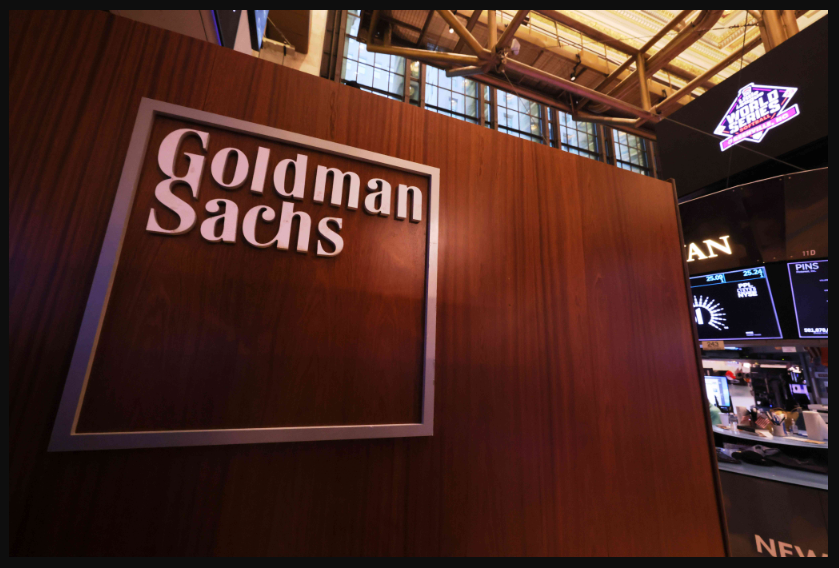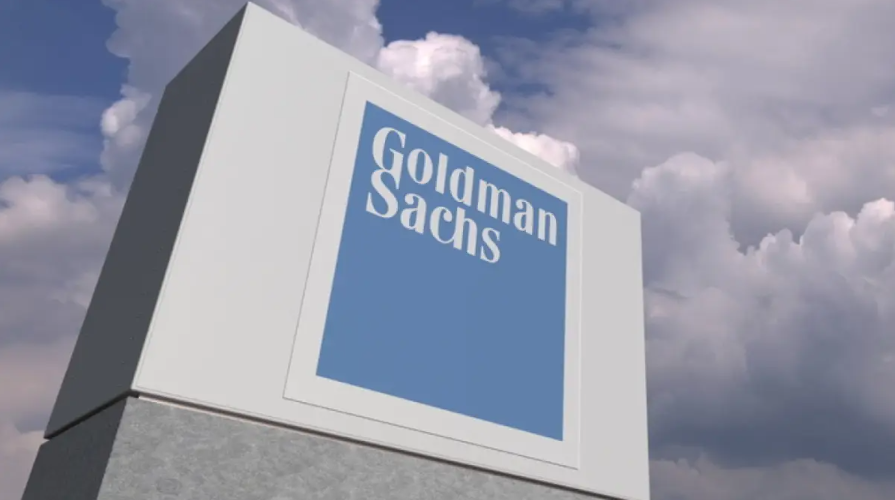All one has to do is look at Goldman Sachs Group Inc.’s annual 10-K filing, which was released on Friday, to understand why investment banks are always trading at a discount to the broader stock market.
Trading at a significantly lower price-earnings ratio than the S&P 500 Index as a whole is not exclusive to Goldman Sachs: Every investment bank must deal with volatile profit margins, conflicts over how to divide profits between shareholders and staff, and capricious regulations regarding the amount of capital they must hold.
First, salary is a concern. The compensation of Chairman and Chief Executive Officer David Solomon was previously made public: in a year when net profit decreased by 24%, his earnings increased by 24% to $31 million. Feeling a little defensive, the board’s compensation committee listed seven reasons to back up their choice, one of which being Solomon’s “decisive leadership in recognising the need to clarify and simplify the firm’s forward strategy.”
However, Solomon wasn’t the only one who ended up with a larger share of a smaller pie. When severance pay is subtracted, employees still received $15.5 billion, or 34% of net revenue, overall. Even though this percentage is not as high as it was in the days before the global financial crisis, when it averaged roughly 46%, it has been gradually increasing over the last two years after falling to 30%.

The Goldman Sachs push into alternative asset management, where salary demands are high, may be one factor. In the niche, the company ranks among the top five, overseeing $295 billion in assets. It brought in over $2 billion in management fees from the company last year. Despite a lower realized performance, the workers performed well. Although the firm set aside $407 million in performance-related compensation to be divided among the 800 employees involved, incentive fees decreased to $161 million.
A growing portion of the management fee is being set aside for shareholders, and employees are receiving a larger portion of the incentive fee, according to pure-play alternative asset management companies like Carlyle Group Inc. The goal is to align interests so that dealmakers can benefit more during boom years and endure hardship during downturns, all while meeting the demand for predictability from shareholders. According to reports, Goldman has been acting similarly, but the company may need to act quickly to provide investors with the consistent earnings they want.
Second, the Goldman Sachs generates little consistent revenue because there aren’t many regular billings. A useful disclosure regarding Goldman’s daily net trading revenue distribution can be found in the 10-K. In fact, the company lost money on 37 separate days in the previous year, or 15% of the trading calendar. That is comparable to 2022, but to find the number of loss-making days prior to that, you must go back to 2015. The losses are greater, which is the difference. The largest daily loss in 2015 was estimated to have been between $50 million and $75 million. The company lost over $100 million on three occasions in 2022 and again in the previous year.

Goldman accumulates enough profitable days at the other end of the distribution to more than make up for it. It earned more than $100 million in 52 days last year, compared to 85 the year before. This implies that the company still depends on a small number of extremely profitable days to meet its targets. That gives shareholders uncertainty.
Thirdly, it’s difficult to determine how much capital a bank like this requires; this is not Goldman’s fault. The company publishes a wide range of capital ratios that are calculated using both “advanced” and “standardized” metrics. Standardized requires 35% more capital than advanced, making it harsher on credit risk. However, it excludes operational risk, which “advanced” views as being fairly significant and could result from a system failure, human error, malfeasance, or other misconduct. According to the advanced metric, Goldman needs to hold onto $16.7 billion in capital, or 19% of its overall risk budget, to cover operational risk.
Even though these regulations are intricate, they are dynamic. The Federal Reserve announced new guidelines in July of last year, replacing the term “advanced” with “expanded risk-based approach.” The good news is that they remove the need for internal models if put into practice, increasing investor transparency regarding capital requirements.The bad news is that “if our assets and liabilities remain largely consistent with those as of December 2023, then our regulatory capital requirements could increase by approximately 25% on a fully phased-in basis.”
Trading at a significantly lower price-earnings ratio than the S&P 500 Index is not unique to Goldman; all investment banks produce erratic profits, manage conflicts over how to divide profits between shareholders and employees, and put up with regulatory fickleness regarding the amount of capital they must hold. However, Goldman’s 10-K is a useful reminder.




2 Comments
helloI really like your writing so a lot share we keep up a correspondence extra approximately your post on AOL I need an expert in this house to unravel my problem May be that is you Taking a look ahead to see you
nrbgbr